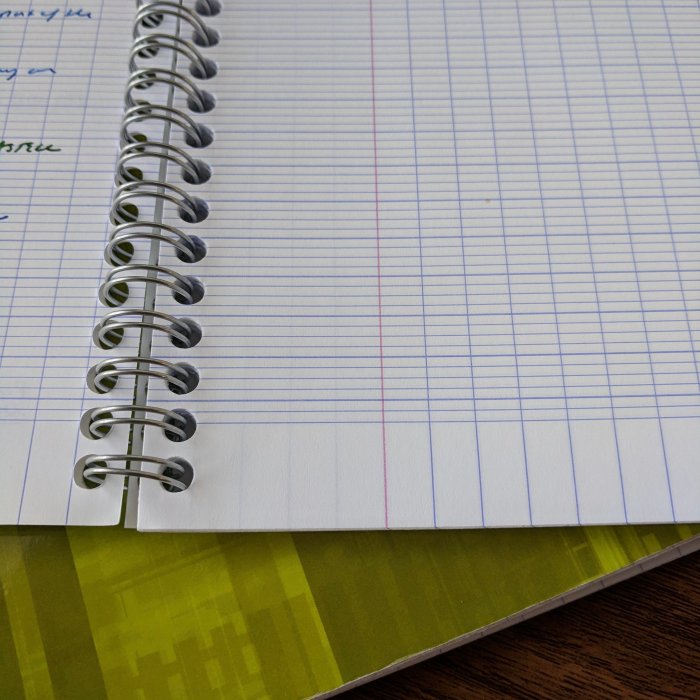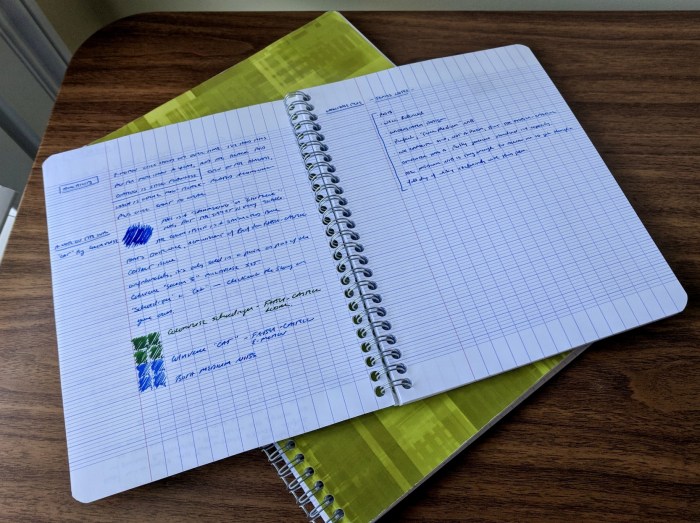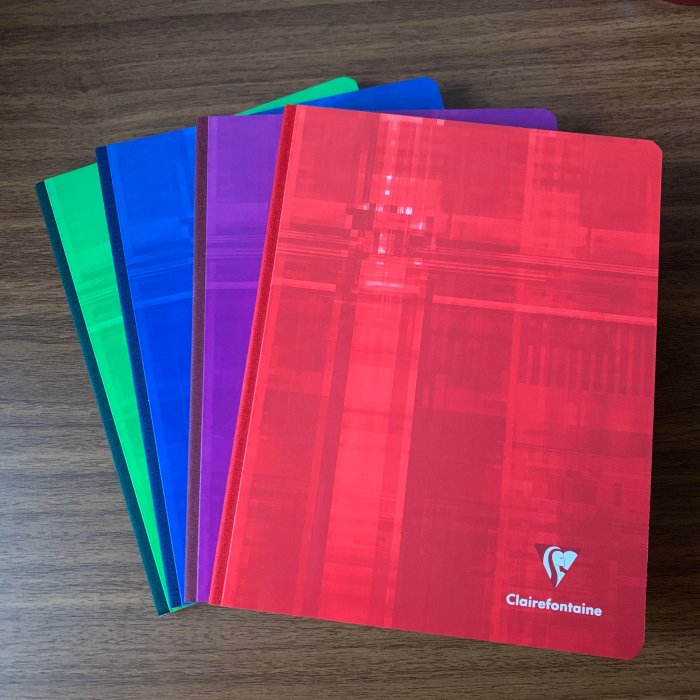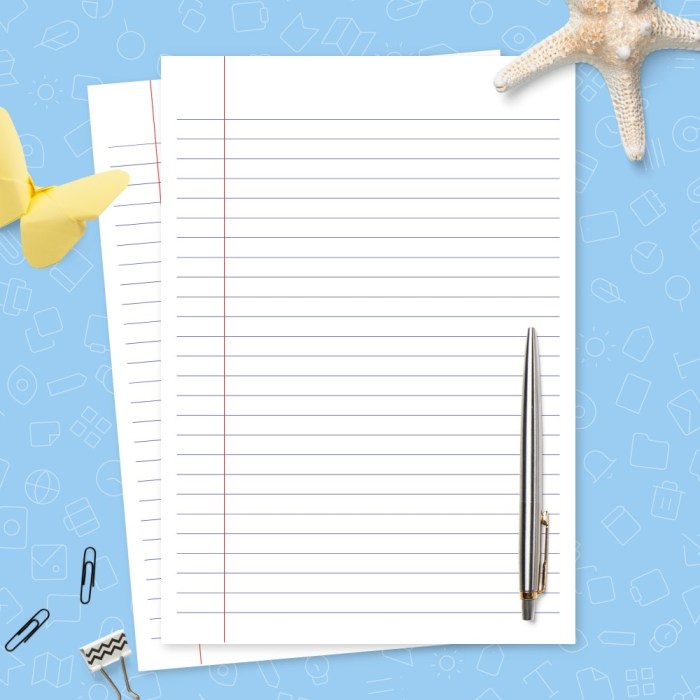Marie antoinette’s french ruled paper: 50 sheets composition style – Marie Antoinette’s French ruled paper, consisting of 50 sheets of composition-style stationery, offers a unique window into the personal life, political views, and cultural influences of the iconic French queen. This meticulously crafted paper, a testament to her social status and refined taste, provides valuable insights into the historical context and cultural impact of her reign.
Through an examination of Marie Antoinette’s letters, we delve into the characteristics of French ruled paper, the conventions of composition style, and the significance of her correspondence in understanding her personal and political life. The historical context of her reign, marked by political turmoil and social change, shaped her use of this distinctive stationery.
Marie Antoinette’s French Ruled Paper

Marie Antoinette, Queen of France from 1774 to 1793, left behind a substantial collection of personal correspondence that provides invaluable insights into her life, relationships, and political views. Her use of French ruled paper, a type of stationery popular among the elite during the 18th century, reflects her social status and cultural influences.
Marie Antoinette’s Personal Correspondence
Marie Antoinette’s letters reveal a complex and multifaceted personality. They range from intimate exchanges with her close friends and family to formal diplomatic dispatches. Her writing style is often described as lively, witty, and affectionate. She frequently used coded language and nicknames, indicating a desire for privacy and intimacy.
Her letters provide a glimpse into her personal life, including her marriage to Louis XVI, her relationships with her children, and her struggles with the French court. They also shed light on her political views, particularly her opposition to the French Revolution and her support for the Austrian monarchy.
The Use of French Ruled Paper
French ruled paper, also known as “papier à la française,” was a high-quality stationery used by the French aristocracy during the 18th and 19th centuries. It was characterized by its wide margins, decorative borders, and ruled lines. The use of ruled paper was a sign of social status and refinement.
Marie Antoinette’s use of French ruled paper reflects her position as Queen of France. It also demonstrates her cultural influences, as the use of ruled paper was particularly prevalent in France during this period.
Composition Style
Marie Antoinette’s letters adhere to the conventions of a composition style letter. This style, which originated in the 17th century, emphasizes clarity, order, and precision. Letters written in this style typically follow a set structure, including an introduction, a body, and a conclusion.
Marie Antoinette’s letters often follow this structure, with a clear introduction that sets the context of the letter, a body that develops the main ideas, and a conclusion that summarizes the main points or provides a call to action.
Historical Context, Marie antoinette’s french ruled paper: 50 sheets composition style
Marie Antoinette’s life and reign were marked by political and social turmoil. She became Queen of France at the age of 15 and was immediately thrust into the spotlight. Her extravagant lifestyle and her perceived political influence made her a target of public criticism and resentment.
The French Revolution erupted in 1789, and Marie Antoinette was imprisoned and executed in 1793. Her personal correspondence provides a valuable historical record of this turbulent period.
Cultural Impact
Marie Antoinette’s ruled paper has had a lasting impact on French culture and aesthetics. Its elegant design has been used in a variety of creative works, including paintings, furniture, and jewelry.
Her letters have also been used in literature and film, providing inspiration for works such as Stefan Zweig’s novel “Marie Antoinette” and Sofia Coppola’s film “Marie Antoinette.”
Answers to Common Questions: Marie Antoinette’s French Ruled Paper: 50 Sheets Composition Style
What was the significance of Marie Antoinette’s use of French ruled paper?
French ruled paper was a symbol of Marie Antoinette’s social status and cultural refinement. It reflected her adherence to the conventions of aristocratic correspondence and her appreciation for the finer things in life.
How did Marie Antoinette’s letters contribute to our understanding of her personal life?
Marie Antoinette’s letters provide intimate glimpses into her thoughts, feelings, and daily experiences. They reveal her struggles with loneliness, her love for her children, and her political ambitions.
What is the historical context surrounding Marie Antoinette’s use of ruled paper?
Marie Antoinette’s reign was marked by political turmoil and social change. The French Revolution, which ultimately led to her execution, was brewing during her time, and her use of ruled paper can be seen as a reflection of the social and political tensions of the era.


